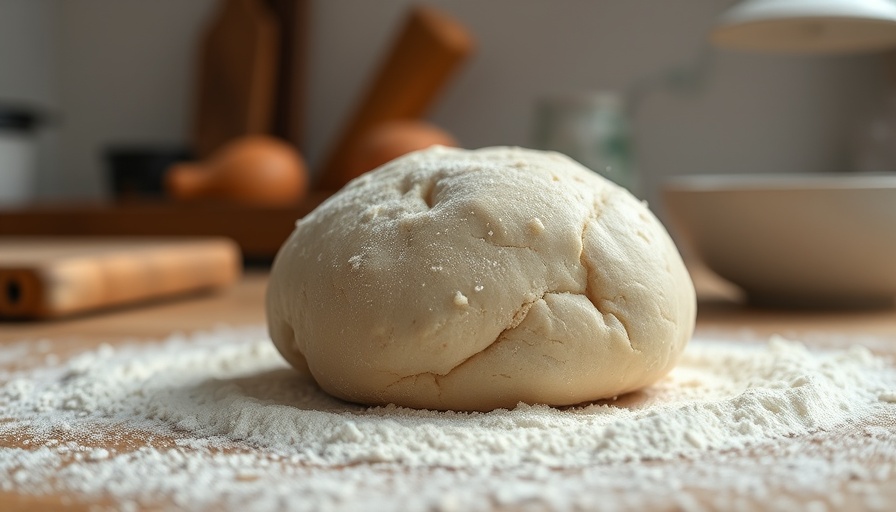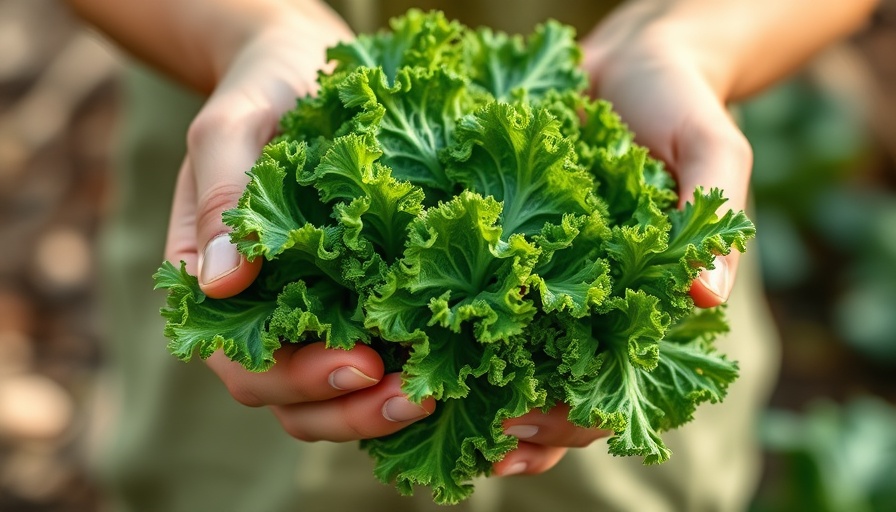
Rediscovering Sourdough: A Journey Back to Wholesome Bread
In a fast-paced world where convenience often trumps quality, it can be easy to overlook the simple joys of homemade food. For many, bread is a staple, yet so often we choose store-bought options laden with preservatives and additives. Recently, my husband John embarked on an experiment to reconnect with the art of sourdough bread-making, inspired by the memories of my children’s delight in fresh, homemade bread. This one-month journey has not only rekindled our love for wholesome food but also provided unexpected health benefits.
The Health Benefits of Sourdough Bread
After diving into daily consumption of homemade sourdough bread, we noticed something remarkable—zero inflammation! Despite our regular pickleball games and active lifestyle, aches and pains took a backseat. This has raised an intriguing question: is gluten truly the culprit in modern health woes? Historical perspectives suggest our ancestors thrived on wheat without the complications we see today. Notably, it’s essential to distinguish between ancient grains and the processed versions frequently found on grocery store shelves.
Understanding Gluten and its Impact
The hypothesis that gluten is harmful lacks nuance. Factors such as glyphosate use on modern wheat crops, hybridization, and heavy processing remove vital nutrients from bread. Essentially, we are eating a far cry from the ancient grains that sustained generations. Our experiment has shown that when made from 100% organic whole grains, sourdough can contain a host of nutrients and be surprisingly easy to digest.
The Art of Sourdough Crafting
One of the joys of making sourdough is the process itself. John’s determination to mill our own 100% whole organic wheat flour has led to some beautifully fluffy loaves. The key takeaway from his experience? Allowing the dough to rise for an extended period makes a world of difference. Gone are the quick-rising yeasts; we embraced the slow fermentation that transforms our dough into something truly special.
Recipe Spotlight: Homemade Sourdough Delight
Anyone can make delicious sourdough bread at home. Our family loves to dip fresh slices into olive oil and balsamic vinegar. Here’s the delicious recipe John perfected while baking over the past month:
1 cup of freshly milled whole organic wheat flour
1/2 cup of water
1/4 cup of sourdough starter (fed and bubbly)
Pinch of salt
Combine ingredients in a bowl, mix until shaggy, then let it rest for at least 8 hours. After the resting period, fold the dough, shape it, and let rise again for half a day before baking. The results are worth the wait!
Join the Sourdough Movement!
Our month-long sourdough experiment has been an enlightening experience that challenges the narrative about gluten and bread. It serves as a reminder of the power of simple, natural ingredients. As you embark on your own sourdough journey, embrace the imperfections and joy that come from creating something with your own hands. Remember, bread isn’t just food; it’s a connection to our roots, nurturing our bodies and memories. So, why not try making your own sourdough bread too?
Join us as we continue this journey of healthy eating and rediscover the joys of homemade bread. Share your own experiences and tips as we learn together!
 Add Row
Add Row  Add
Add 







Write A Comment